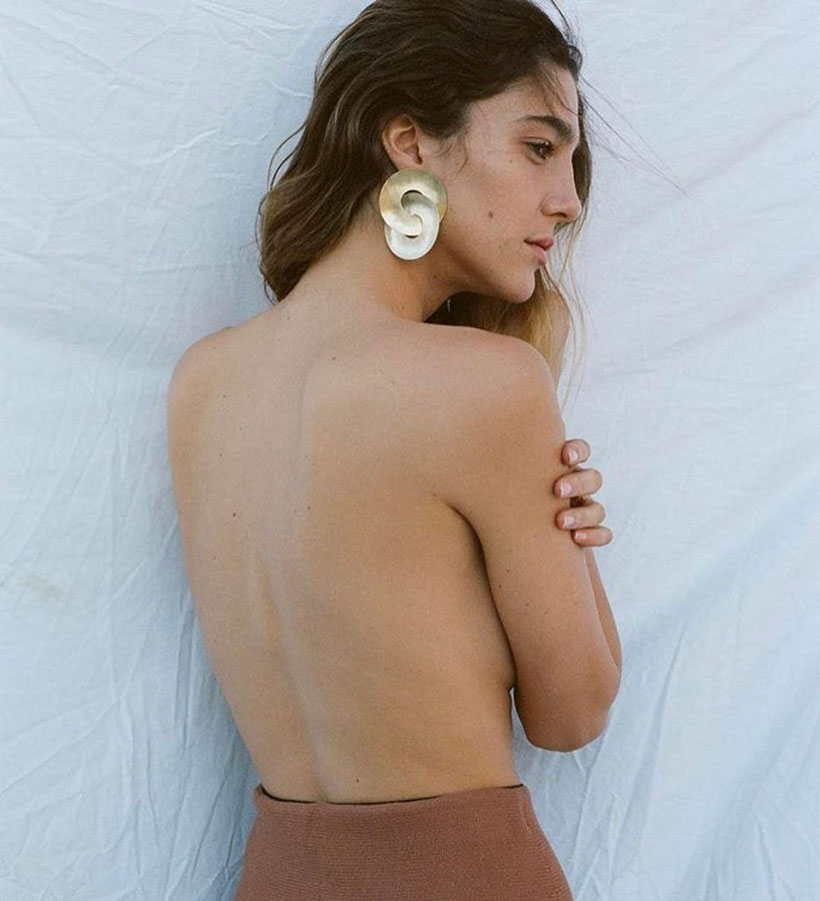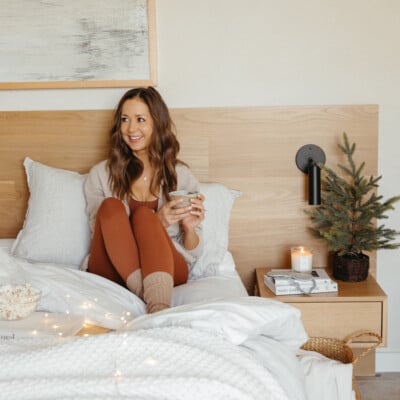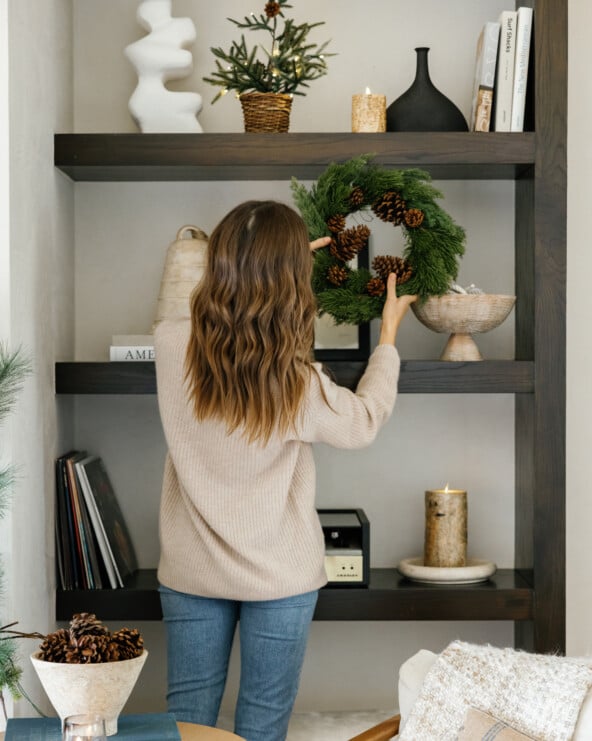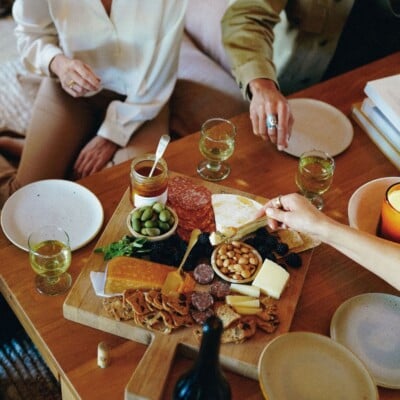
Even if you’ve never tried cupping therapy, you may still be familiar with the round marks it’s known to leave behind. You might be tempted to call them bruises, but don’t – “they’re not bruises!” says cupping expert Renée Carrasquillo. The idea that these “cupping marks,” as Carrasquillo prefers to call them, are bruises is probably the top misconception when it comes to cupping, and might even be what’s keeping you from trying it. For this edition of the Wellness Report, we went to Hiatus Spa in Austin to get all of our cupping questions answered, and Jenn Rose got to try it firsthand.
Does it hurt?
“It shouldn’t,” says Carrasquillo, “not if it’s done right.” She uses silicone cups, which are gentler because they don’t have to be slapped on the way glass cups do, and there’s no fire involved. That’s right, fire. The fire is used in some forms of cupping therapy to create a vacuum for more suction inside the cup, but because the silicone cups can be squeezed they create their own suction.
How long do the bruises, I mean, cupping marks last?
Carrasquillo explained that bruises are created by injury or trauma that causes blood vessels to be broken or damaged; with cupping, the blood and lymph are actually being drawn closer to the surface of the skin. And unlike a bruise, they don’t hurt when you touch them. The marks vary in color from person to person, and will also be darker in more problematic areas where you may have stagnation or scarring. They can last from a few days to a few weeks, depending on the person.
What are the benefits?
“Cupping, or negative pressure, pulls stagnant blood, cellular debris and lactic acid out of tissue and brings it to skin level where the lymphatic and circulatory systems can properly flush it out” says Carrasquillo. “It brings fresh blood with nutrients to the area and increases overall circulation. It allows the tissue to be lifted upward, increasing the space, as well as stretching fascia and muscle tissues… and stimulating synovial fluid production for a greater range of motion.”
Who should try cupping?
It’s often used for chronic joint pain, fibromyalgia, rheumatoid arthritis, back pain, and breaking down scar tissue. “I work a lot with athletes, they can’t get enough of it” Carrasquillo told us. “And people who’ve experienced whiplash, I once treated a woman who couldn’t turn her head after whiplash and the day after her cupping session she had 90% more range of motion.” People also use cupping on the face to stimulate collagen production and reduce the appearance of lines. Jenn chose to stay away from the face for her first time, “maybe next time.”
Who shouldn’t?
Carrasquillo doesn’t recommend cupping to anyone who’s pregnant, sunburned, has had a heart attack in the last 6 months, or is undergoing cancer treatment.
Where does it come from?
Carrasquillo said there have been examples of cupping dating back as far as 3500 BC! It originated as a way to exorcise the demons that were thought to cause illness, and was used by the Chinese, Egyptians, Greeks, and Nordic people. “It didn’t start out as a massage technique, rather a survival method,” Carrasquillo told us.
Watch to see how Jenn’s first cupping session went!
So what did Jenn think after her cupping session?
How would you describe the experience to someone who’s curious to try it?
I’d describe the experience as similar to a deep tissue or athlete’s massage… the sensation during the cupping process is more like mild discomfort than it is actual pain. Afterward, your body feels very relaxed and loose. I guess you could say it “hurts so good.”
On a scale of 1-10, how much did it hurt?
For most of the process, I would say 1. At its most intense (when she was placing all of the large cups across my shoulder blades) I would say 4.
How long did your cupping marks last, and did they hurt?
My cupping marks lasted for about 9 days, but they never hurt at all.
Some studies have shown that cupping may be effective for treating pain, but there has also been some evidence to suggest that it maybe a placebo effect. Like many wellness practices, more unbiased studies are needed but do what feels good for you and your body, just make sure to go to a certified practitioner.
Special thank you to Renée Carrasquillo and Hiatus Spa!
girl standing from behind image by diana bartlett for frankie shop
featured image via kelowna chiro





